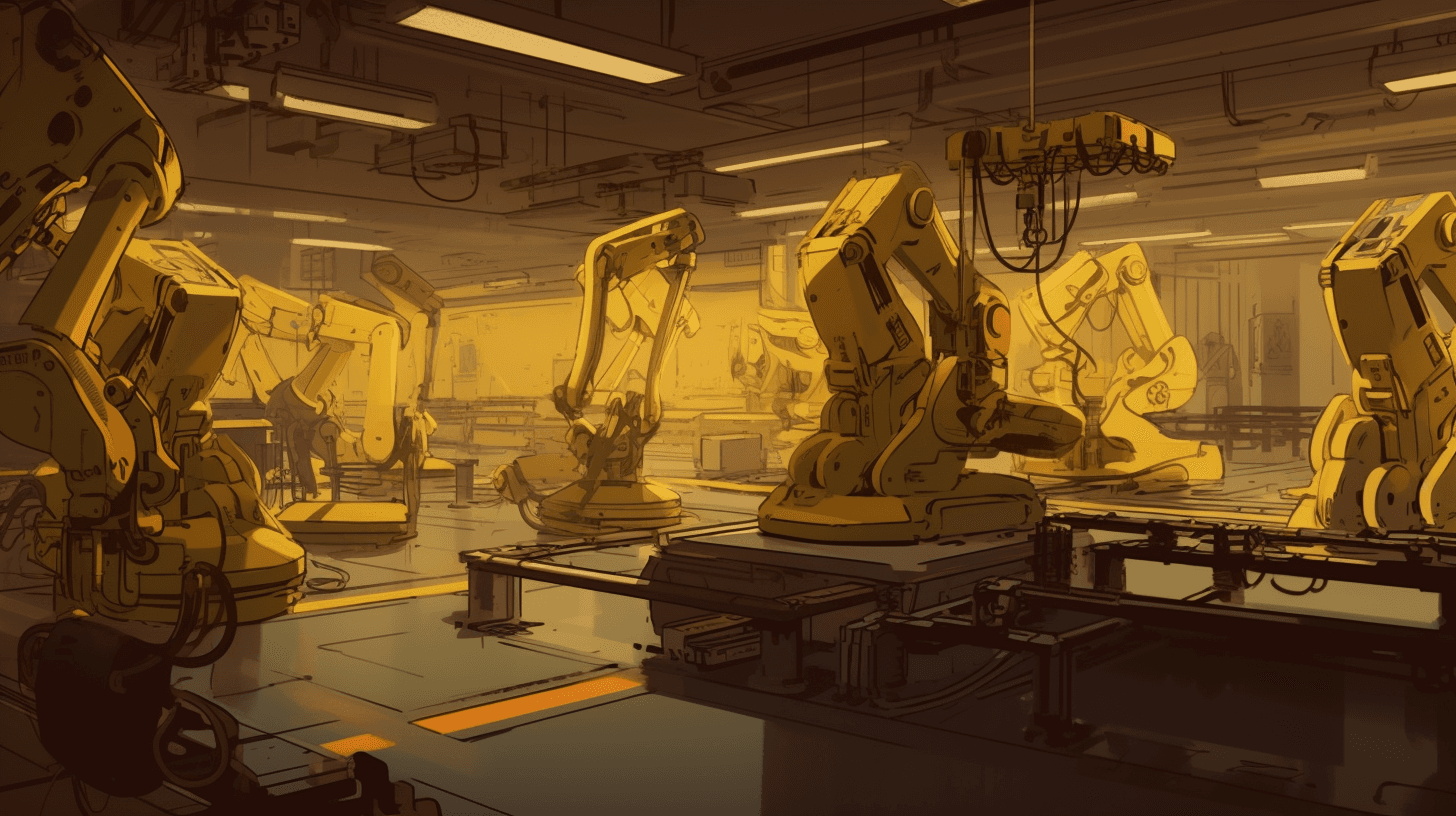Robot manipulators are revolutionizing industries around the world, playing a vital role in various applications and processes. Their versatility and adaptability make them an essential component in the ever-evolving landscape of automation and robotics.
A robot manipulator is a type of robot arm that can be programmed to perform a wide range of tasks, such as assembly, material handling, and welding. Its primary functions include moving, positioning, and manipulating objects with precision and accuracy, enabling businesses to streamline their operations and increase overall efficiency.
In this article, we will explore the different types of robot manipulators, their components, and applications. We will delve into the details of various robot manipulators, discussing their design, operation, and specific use cases. Additionally, the conclusion will summarize the key points and highlight the significance of understanding robot manipulators in today's industries.
As we embark on this journey to learn more about robot manipulators, it's crucial to remember that these advanced machines are not only transforming the way businesses operate but also paving the way for a more efficient and innovative future.
Components of a Robot Manipulator
Robot manipulators consist of three main components:
-
Mechanical structure: This includes the links, joints, and end-effector that make up the arm. The arrangement of links and joints determines the robot's degrees of freedom, which affects its range of motion and capabilities.
-
Actuation: Actuators are responsible for driving the robot's movement. They can be electric, hydraulic, or pneumatic, depending on the specific application and requirements.
-
Control system: This consists of sensors, controllers, and software that enable the robot to follow a preprogrammed path or respond to external stimuli.
Types of Robot Manipulators
There are several types of robot manipulators, each with its unique design and capabilities:
-
Cartesian manipulators: These have a linear motion along the X, Y, and Z axes. They're often used for pick-and-place operations and are known for their simplicity, accuracy, and large workspace.
-
Cylindrical manipulators: These robots move along a cylindrical coordinate system with linear motion in the radial and vertical directions and a rotary motion around the vertical axis. They're used for tasks like assembly and material handling.
-
Spherical manipulators: These robots have a spherical workspace and are commonly used for tasks like welding and painting, where a wide range of motion is required.
-
SCARA manipulators: Standing for Selective Compliance Assembly Robot Arm, SCARA robots are designed for high-speed, high-precision assembly tasks. They have two parallel rotary joints for horizontal movements and one prismatic joint for vertical movements.
-
Articulated manipulators: These robots have multiple rotary joints, providing a wide range of motion and flexibility. They're used in various applications, from automotive welding to medical surgery.
-
Parallel manipulators: These robots have multiple limbs that work together to move the end-effector, providing high precision, stiffness, and load-carrying capacity. They're often used for tasks like machining and flight simulation.
Design Considerations for Robot Manipulators
When designing a robot manipulator, several factors must be considered:
-
Workspace: The robot's workspace determines the range of motion and locations it can reach, affecting its suitability for specific tasks.
-
Payload capacity: The robot's payload capacity defines the maximum weight it can carry, which influences the types of tools and objects it can handle.
-
Speed and accuracy: The robot's speed and accuracy impact its efficiency and the quality of its work.
-
Flexibility and adaptability: A flexible and adaptable robot can be reprogrammed and redeployed for different tasks, offering a more significant return on investment.
-
Ease of programming and integration: A robot that is easy to program and integrate into existing systems reduces the time and cost of implementation.
Applications of Robot Manipulators
Robot manipulators are used across various industries for a wide range of tasks:
-
Assembly: Robots can perform precise and repetitive assembly tasks, increasing productivity and reducing human error.
-
Material handling: Robot manipulators can handle materials with speed and accuracy, streamlining the production process and minimizing waste.
-
Welding: Robots can perform consistent, high-quality welding tasks, resulting in stronger and more reliable products.
-
Painting: Robot manipulators can apply paint evenly and consistently, reducing material waste and improving product quality.
-
Inspection and testing: Robots can perform inspections and tests quickly and accurately, ensuring product quality and reducing defects.
-
Packaging and palletizing: Robot manipulators can package and palletize products efficiently, reducing labor costs and minimizing errors.
In summary, robot manipulators play a crucial role in various industries and applications, offering unparalleled precision, accuracy, and efficiency. By understanding the different types of robot manipulators, their components, and their applications, businesses can make informed decisions about implementing these advanced machines in their operations.
The wide range of robot manipulator types, such as Cartesian, cylindrical, spherical, SCARA, articulated, and parallel manipulators, allows for diverse use cases across industries. From assembly and material handling to welding, painting, inspection, and packaging, robot manipulators are transforming the way businesses operate.
As automation and robotics continue to evolve, it's essential for businesses to stay up-to-date with the latest developments in robot manipulators. This knowledge will not only help companies remain competitive but also unlock new opportunities for growth and innovation in the future.
